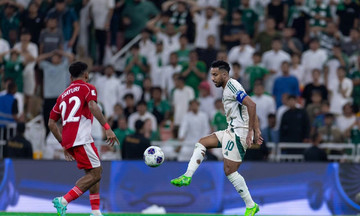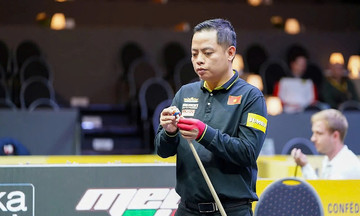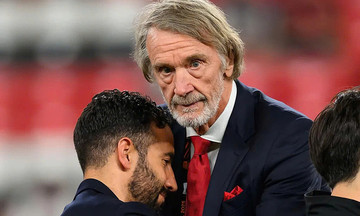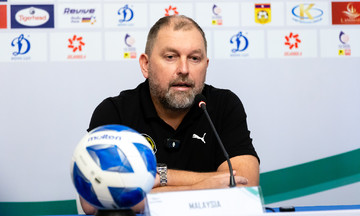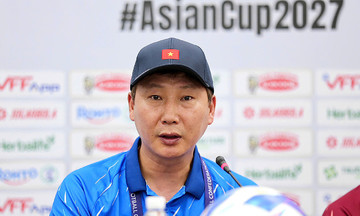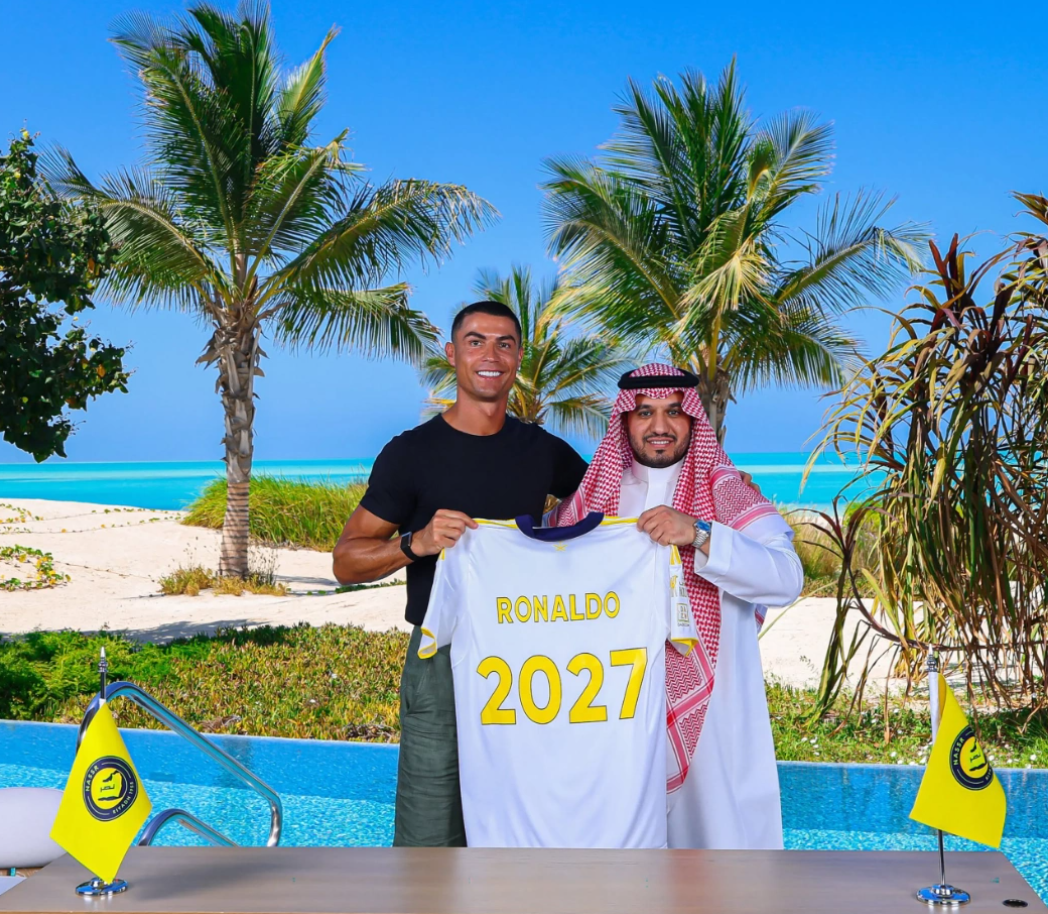 |
Cristiano Ronaldo (left) and Al Nassr President Abdullah Al-Majed during the contract extension announcement on 26/6. Photo: Al Nassr |
Cristiano Ronaldo (left) and Al Nassr President Abdullah Al-Majed during the contract extension announcement on 26/6. Photo: Al Nassr
Massive funding from Saudi Arabia's Public Investment Fund (PIF) has fueled substantial spending by clubs over the past two years. However, key questions remain: where does this money originate, how is it managed, and what is its long-term trajectory?
The Saudi Pro League underwent significant restructuring in 2023 when the PIF took direct control of four major clubs: Al Nassr, Al Hilal, Al Ittihad, and Al Ahli. This move is central to the plan to leverage football for national image promotion and as a strategic investment channel within the Saudi Vision 2030 strategic framework.
This model fundamentally differs from European football. Instead of market-driven operations, Saudi Arabia uses state resources as leverage to rapidly elevate the league. This explains the dramatic increase in player salaries within a single year, with some players like Ronaldo and Neymar earning 200-300 million USD on short-term contracts.
Another notable aspect is privatization. The Saudi government aims to transform the Saudi Pro League into a platform that attracts both domestic and international private capital alongside state investment. The acquisition of Al Kholood by the US-based Harburg Group signals the emergence of this hybrid model.
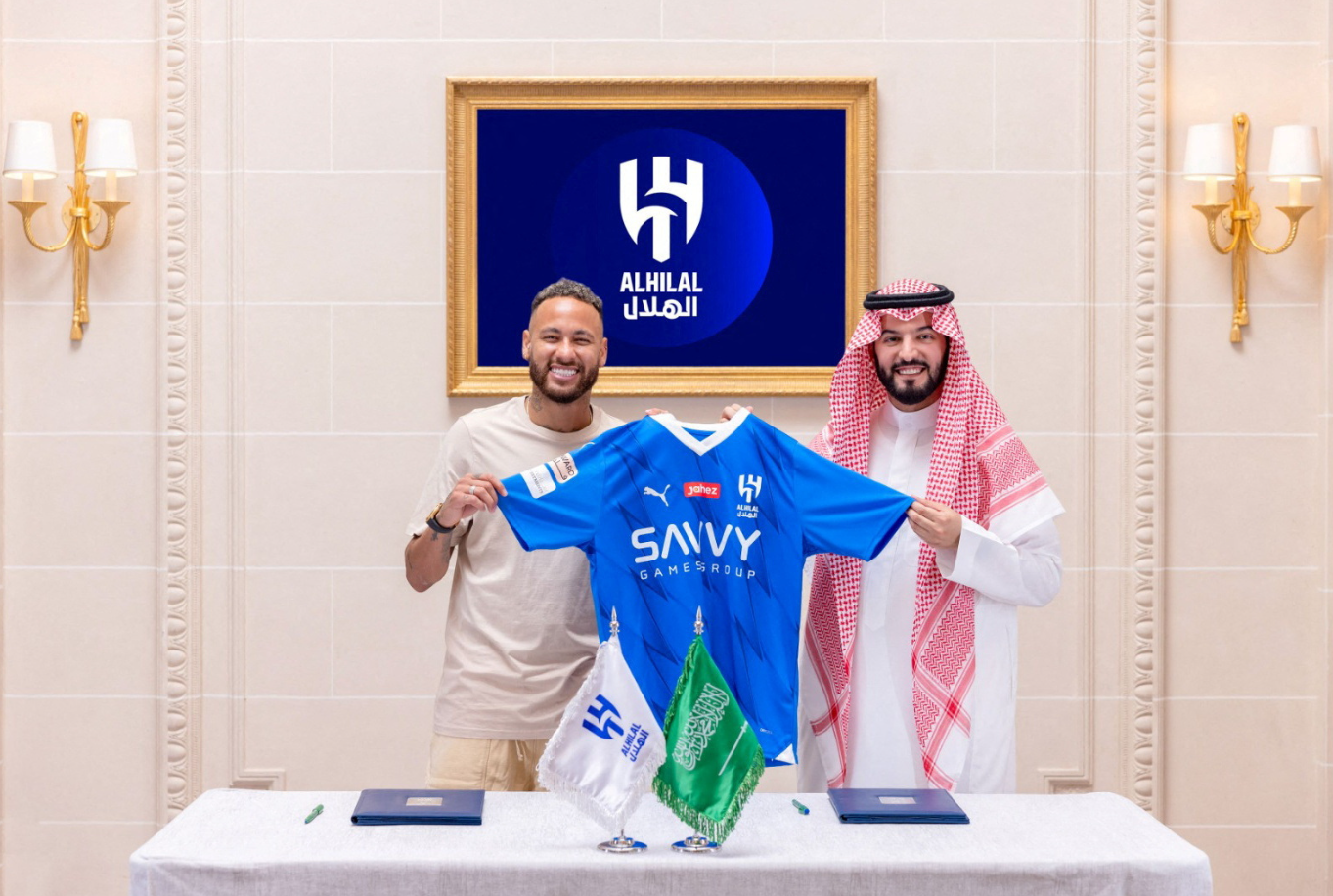 |
Neymar earns 200 million USD per season at Al Hilal but has contributed minimally due to recurring injuries, scoring one goal and providing two assists in seven matches. Photo: Al Hilal |
Neymar earns 200 million USD per season at Al Hilal but has contributed minimally due to recurring injuries, scoring one goal and providing two assists in seven matches. Photo: Al Hilal
If successful, other clubs may be partially or fully sold, reducing reliance on the state budget. Recently, Saudi media reported that the PIF is seeking investors to transfer ownership of Al Nassr, Al Hilal, Al Ittihad, and Al Ahli.
The Saudi Pro League's revenue remains modest compared to Europe. Deloitte estimates the league's total commercial revenue for the 2023-2024 season at approximately 120 million USD, comprising 54.5 million USD from sponsorships and 80 million USD from domestic broadcasting rights.
Roshn, a PIF-owned real estate company, contributes over 25 million USD annually as the league's main sponsor. Al Nassr, benefiting from the Ronaldo effect, leads individual sponsorship revenue at nearly 110 million USD, exceeding the total sponsorship of some mid-tier European leagues.
Conversely, the league's total salary expenditure has surpassed 1 billion USD, over five times its total revenue. This imbalance creates a heavy dependence on the PIF, unlike Europe where broadcasting and sponsorship revenues ensure sustainable operations. The salary-to-revenue ratio in Saudi Arabia is significantly higher than the 70% safety threshold recommended by UEFA for European clubs.
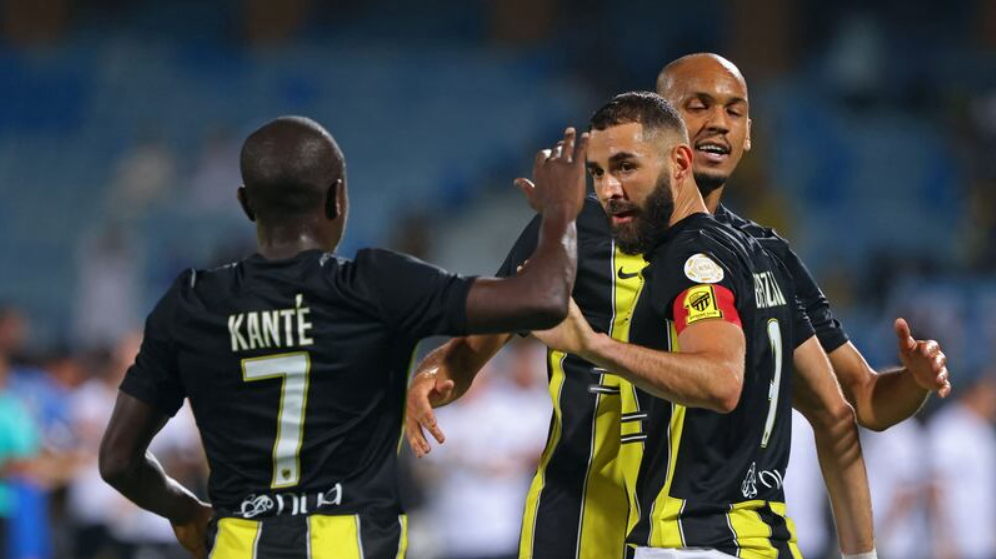 |
N'Golo Kante, Karim Benzema, and Fabinho (from left to right) in Al Ittihad jerseys. Photo: AFP |
N'Golo Kante, Karim Benzema, and Fabinho (from left to right) in Al Ittihad jerseys. Photo: AFP
The English Premier League currently leads globally with over 7 billion USD in annual revenue, including 4.5 billion USD from international broadcasting rights, 2 billion USD from sponsorships, and a league-wide salary fund of approximately 4.2 billion USD, equivalent to 60% of revenue. La Liga generates around 4 billion USD, with broadcasting rights at 2.1 billion USD, sponsorships over 1 billion USD, and salaries around 2.7 billion USD – remaining within safe limits.
In contrast, the Saudi Pro League not only has low revenue but also excessively high salary costs compared to its revenue generation capacity, raising concerns about sustainability.
However, Saudi Arabia's ambition lies in the long term. Vision 2030 aims for the sports sector to contribute at least 4.8 billion USD to GDP. To achieve this, they cannot solely rely on the PIF but must maximize commercialization, including expanding international broadcasting rights, developing a football tourism ecosystem, growing digital assets, and attracting multinational sponsors. If successful, the Saudi Pro League could become a "Middle Eastern Premier League," serving as both a sporting arena and a platform for national brand promotion.
This path, however, is not easy. Warnings about financial sustainability and lessons from Chinese football remain relevant. To avoid collapse when state funding diminishes, Saudi Arabia must transition from a "spending for impact" model to "earning from the global market."
The success or failure of this project will not only shape the future of the Saudi Pro League but also serve as a measure of Saudi Arabia's global ambitions in the new era.
Compiled by Hong Duy




